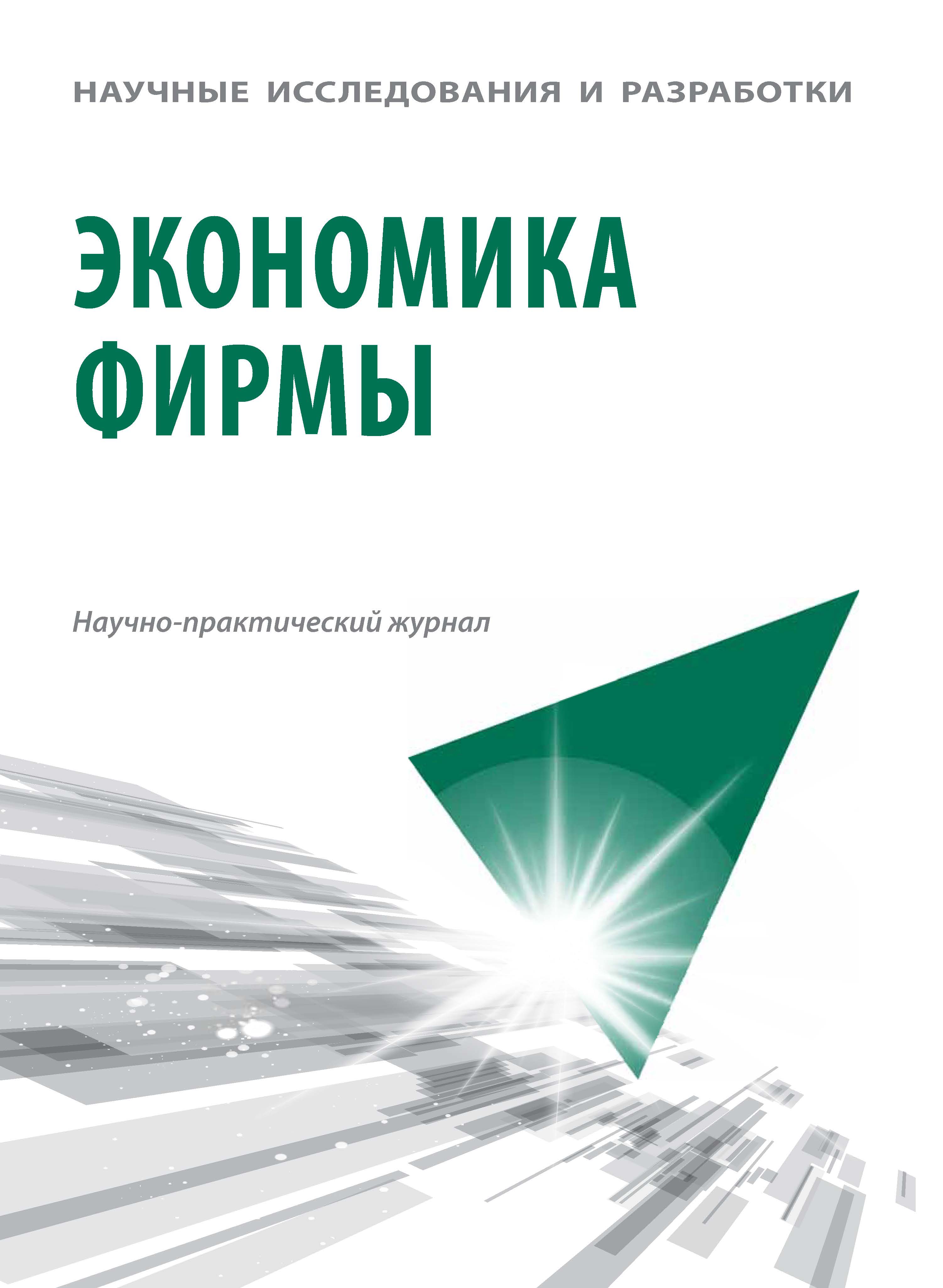Russian Federation
The article discusses main strategic aspects of modern corporations’ development. As a model, the model of G. Kleiner’sintrasystem space is used, which considers the mental, cultural, institutional, cognitive, technological, imitative and historical subsystems. Each subsystem includes key processes that contribute to the formation of enterprise competitiveness parameters. According to the system model, the characteristics of subsystems of industrial enterprises of the Altai Region are given. The strategic aspects of enterprise development are considered, in particular, the formation of the dynamic capabilities underlying the achievement of strategic competitiveness. A theoretical basis for the formation of the concepts “core competencies”, “dynamic abilities”, “routine” and their role in the formation of strategic landmarks is being formed. The author’s model of formation of unique dynamic abilities of an industrial enterprise and organization of an enterprise’s intrasystem space is given.
strategic competitiveness, dynamic capabilities, resource concept, organizational develop-ment, operating activities, innovative activities, scientific and technological potential.
1. Постановка проблемы
В центре изучения отечественной и зарубежной управленческой мысли — поиск концепций, направлений, методологических подходов к созданию и развитию конкурентоспособных на мировых рынках предприятий.
1. Kleyner G.B. Strategiya predpriyatiya [The company’s strategy]. Moscow, Delo Publ., 2008. 568 p. EDN: https://elibrary.ru/QSLKBX
2. Kat’kalo V.S. Evolyutsiya teorii strategicheskogo [The evolution of the theory of strategic management]. St. Petersburg, St. Peterb. gos. un-t Publ., 2006. 548 p. EDN: https://elibrary.ru/QRYTOT
3. Lyubitskaya V.A. Transformatsiya vnutrisistemnogo prostranstva promyshlennogo predpriyatiya v krizisnykh usloviyakh [Transformation of the intrasystem space of an industrial enterprise in crisis conditions]. Vestnik altayskoy nauki [Bulletin of the Altai Science]. 2015, I. 3, 4, pp. 330-334. EDN: https://elibrary.ru/VKDNHF
4. Nelson R., Winter S. 1982. An Evolutionary Theory of Economic Change. Harvard University Press: Cambridge, MA.
5. Tis Dzh., Pizano G., Shuen E. Dinamicheskie sposobnosti firmy i strategicheskoe upravlenie [Dynamic abilities of the firm and strategic management]. Vestnik Sankt-Peterburgskogo universiteta [Bulletin of St. Petersburg University]. 2003, I. 32, pp. 133-170.
6. Uil’yamson O.I. Issledovaniya strategiy firm: vozmozhnosti kontseptsii mekhanizmov upravleniya i kontseptsii kompetentsiy [Research strategies of firms: the possibility of the concept of management mechanisms and the concept of competencies]. Rossiyskiy zhurnal menedzhmenta [Russian Journal of Management]. 2003, V. 1, I. 2, pp. 79-114.
7. Dosi G., Teece D. 1998. Organizational competencies and the boundaries of the firm. In Markets and Organization. Arena R., LonghiC. (eds). Springer-Verlag: N. Y.; 281-301.
8. Hodgson G. 1998. Competence and contract in the theory of the firm. Journal of Economic Behavior and Organization 35 (2): 179-201.
9. Khamel G., Prokhalad K.K. Sozdanie rynkov zavtrashnego dnya [Creating markets for tomorrow]. Moscow, «Olimp-Biznes» Publ., 2002. 288 p.






